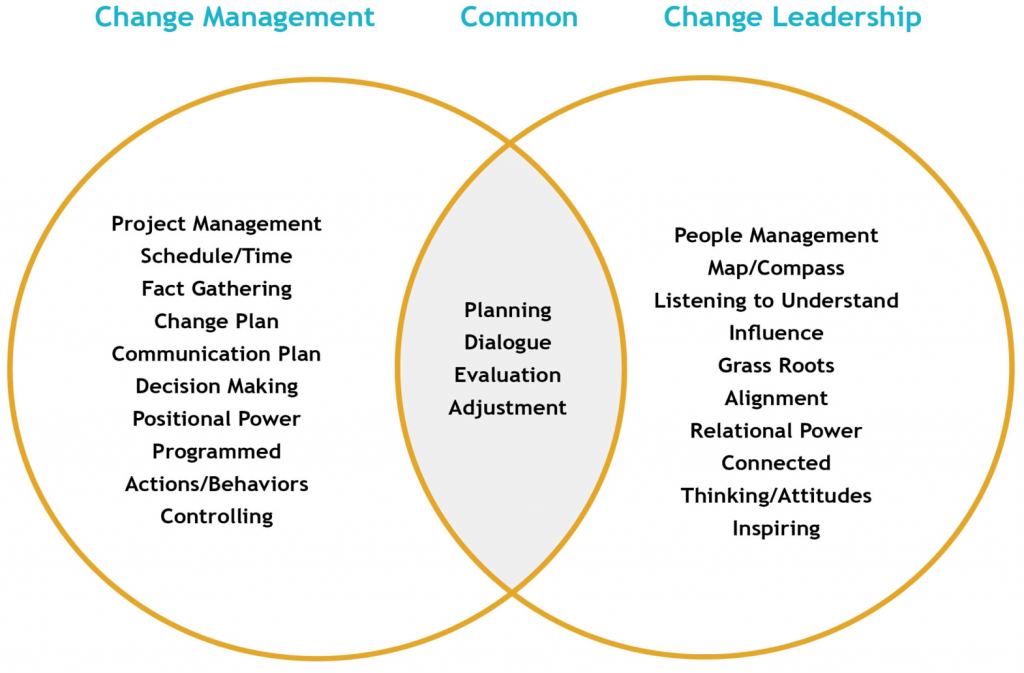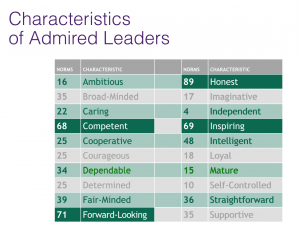Are you keeping your best employees?
It’s a question many of our clients and friends are facing these days. According to the Department of Labor, at the end of March this year, the U.S. economy had 7.5 million unfilled jobs, but only 5.8 million people who looking for work. That makes the 13th straight month the number of job openings was higher than the number of people looking for jobs. So, we’re all paying more to hire and attract the best workers. But just paying higher wages doesn’t cut it anymore.
There’s a classic management essay “One More Time: How Do You Motivate Employees?” written in 1968 by Frederick Hertzberg, an essay which has been quoted and referenced countless times in the 51 years since it has been published. (You should read it, but this 2-minute explainer video is a great summary.)
Hertzberg narrows in on a key reason raising salaries alone don’t work: Job satisfaction is not the opposite of job dissatisfaction. Or, put another way you parents will recognize: there’s a difference between needs and wants. Your employees need a competitive, market-rate salary and good benefits. But it’s when you empower them, enabling them to find job satisfaction, that they not only stay but work even harder.
Empowered employees are opinionated! They have a lot of responsibility and a lot of trust. They can be a pain to manage, or a joy, depending on your mindset. And they’re absolutely critical to your success. I’ll tell you why.
Back years ago, when Far West Capital was growing fast, still figuring out our identity, we had a bad client failure. We were reacting instead of anticipating, and the account manager – who should have been able to handle it – wasn’t empowered to make the decisions that needed to be made. That account manager left – understandably – and we had to confront why. That’s when we reevaluated, and made a brand promise we still live by (“Deliver success. Earn Trust. No Surprises.”) which boils down to just “be proactive.” And then we empowered all of our employees to be proactive, to have the power to anticipate problems and deal with them before they became crises.
Today, we measure employees by their own goals. We want them to own their own experience – if you don’t like it, change it. They set measurable goals in an ongoing conversation; nothing is set in stone.
Finding your kaizen
There’s a word for this in Japanese – kaizen – about the process of improving your business through many small changes, driven by employees.
Kaizen is critical to keeping happy employees, and critical to the success of your business. After all, would you rather hear “here’s some smart people in charge, and they’ll tell you what to do” or “can you help me find the solution?” But it depends on trust, and the elimination of time-sucks, speed bumps, and bad feedback systems. A few questions to ask yourself:
- Do my policies and procedures add extra work and time without providing a benefit? Again, this boils down to trust. Do you need those meetings? Can your account manager make a critical decision when needed? Can your employees take vacation time without too much fuss, and disconnect when needed?
- Are there too many layers of management and not enough leadership? Management is a process of communicating about outcomes. When outcomes shift constantly, or aren’t clear, you need more managers to communicate to the employees who aren’t in on the goal. If you can change that, and enable everyone to know what they’re working toward and why, you won’t need those layers of management. (Also, too many managers creates more problems in #1, above.)
- Are you being transparent enough? Is there a way to provide honest feedback, especially to the boss? I’ve talked before about Workify, feedback software that we absolutely rely on. But it goes beyond anonymous feedback on surveys. Awhile back, I made a decision one of our VPs – who’d been with us since the beginning – didn’t like. He got all hot and bothered about it, but that’s when we were growing fast; I didn’t have a chance to listen, and I wasn’t making time to do it. Now we have regular one-on-ones scheduled for each manager, with the goal of listening.

How do you know when someone trusts you?
Bad news: You don’t. But you have to try anyway. If the outcomes are happening, if your employees are clearly motivated, that’s your best indicator.
Lorena, who manages our El Paso office, has only not hit her goal once, in 10 years. I know she’ll tell me when she has a problem – she has before, many times. And since great employees beget more great employees, she has the lowest turnover on her team; 4 of her team members have worked with her all 10 years.
Once, I had an assistant. She was a great assistant, but she always found more ways to use her skills, and her job description expanded regularly. Today, she’s vice president of operations, and I depend on her just as much as I did when she was my assistant – just with a much different portfolio.
Those are the indicators I like seeing, the ones that mean we’re doing it right. Yes, it’s nice to be nominated to Austin’s Best Places to Work. It’s nice to see great feedback on Workify. But ultimately, I hope that those salaries and those accolades aren’t the only reason employees stay here. I want them satisfied, empowered, growing. I want them each to be able to deliver success and earn trust with our clients. 
How are you keeping and growing great employees? I’d love this to be a discussion. This is an ongoing process for us, and a struggle for many as the labor market gets ever tighter. Tell me what’s worked for you – tweet me here – I’d love to quote you.
Cole Harmonson is the president of Far West Capital, a company that funds the goals of high-growth entrepreneurs. Know a great company in need of capital to unleash their potential? Send them here and we’ll give them a call.

